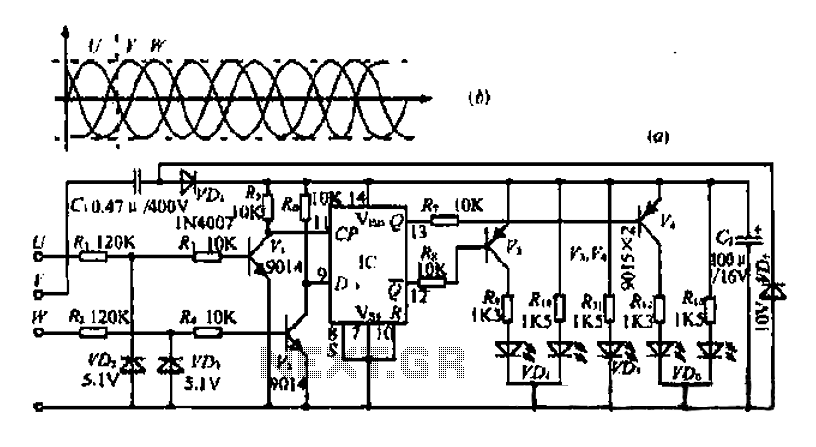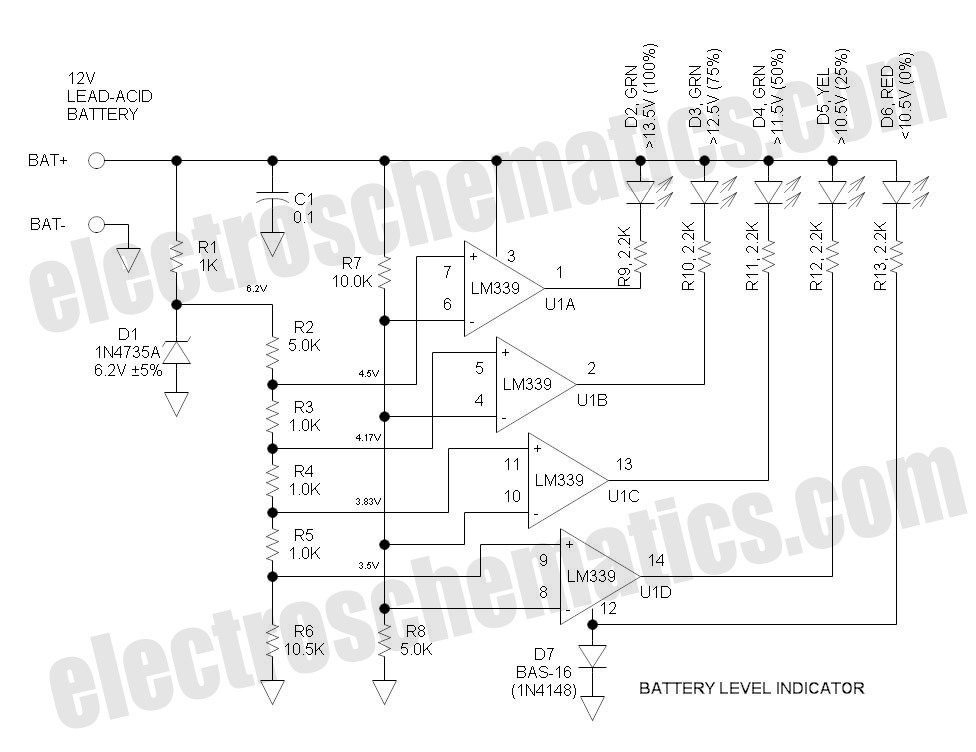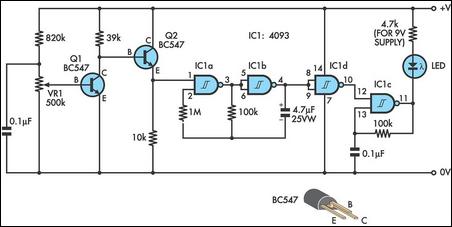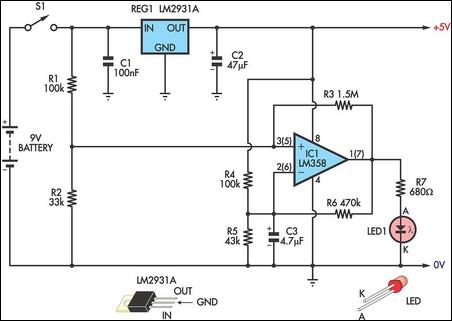
mobile incoming call indicator
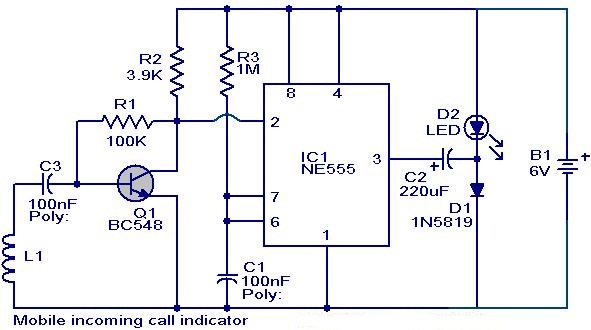
This circuit can be utilized to eliminate the annoyance of mobile phone rings while at home. It provides a visual indication when placed near a mobile phone, even if the ringer is turned off. When a call is received, the transmitter within the mobile phone activates, emitting a frequency of approximately 900 MHz. The coil L1 captures these oscillations through induction and feeds them to the base of transistor Q1, activating it. Since the collector of Q1 is connected to pin 2 of IC1 (NE555), the IC is triggered, causing the LED connected to its output pin (pin 3) to blink. The blinking LED serves as an indication of an incoming call. The coil L1 can be constructed by winding 150 turns of 36 SWG enameled copper wire around a 5 mm diameter plastic former, or a 10 µH coil can be purchased if available.
This circuit employs a simple yet effective design to provide a visual alert for incoming mobile phone calls. The core component of the circuit is the NE555 timer IC, which operates in monostable mode triggered by the activation of transistor Q1. The transistor serves as a switch, allowing current to flow from the power source to the LED when a signal is detected.
The coil L1 acts as an inductive sensor, picking up the electromagnetic waves emitted by the mobile phone's transmitter when a call is incoming. The construction of this coil is critical; it must be precisely wound to achieve the necessary inductance for optimal performance. The choice of 36 SWG enameled copper wire is appropriate due to its balance of flexibility and conductivity, allowing for efficient signal capture.
The NE555 timer is configured such that when pin 2 receives a low signal from the collector of Q1, it triggers the output at pin 3 to go high momentarily, turning on the LED. The duration of the LED's blinking can be adjusted by changing the resistor and capacitor values connected to the NE555, allowing for customization based on user preference.
This circuit is particularly useful in environments where mobile phone ringtones may be disruptive, providing an alternative notification method that is both discreet and effective. The simplicity of the design makes it accessible for hobbyists and professionals alike, ensuring that it can be constructed with minimal components while still delivering reliable performance.This circuit can be used to escape from the nuisance of mobile phone rings when you are at home. This circuit will give a visual indication if placed near a mobile phone even if the ringer is deactivated. When a call is coming to the mobile phone, the transmitter inside it becomes activated. The frequency of the transmitter is around 900MHz. The co il L1 picks up these oscillations by induction and feds it to the base of Q1. This makes the transistor Q1 activated. Since the Collector of Q1 is connected to the pin 2 of IC1 (NE555), the IC1 is triggered to make the LED connected at its output pin (pin 3) to blink. The blinking of the LED is the indication of incoming call. The coil L1 can be made by making 150 turns of 36 SWG enameled copper wire on a 5mm dia plastic former.
Or you can purchase a 10 uH coil from shop if available. 🔗 External reference
This circuit employs a simple yet effective design to provide a visual alert for incoming mobile phone calls. The core component of the circuit is the NE555 timer IC, which operates in monostable mode triggered by the activation of transistor Q1. The transistor serves as a switch, allowing current to flow from the power source to the LED when a signal is detected.
The coil L1 acts as an inductive sensor, picking up the electromagnetic waves emitted by the mobile phone's transmitter when a call is incoming. The construction of this coil is critical; it must be precisely wound to achieve the necessary inductance for optimal performance. The choice of 36 SWG enameled copper wire is appropriate due to its balance of flexibility and conductivity, allowing for efficient signal capture.
The NE555 timer is configured such that when pin 2 receives a low signal from the collector of Q1, it triggers the output at pin 3 to go high momentarily, turning on the LED. The duration of the LED's blinking can be adjusted by changing the resistor and capacitor values connected to the NE555, allowing for customization based on user preference.
This circuit is particularly useful in environments where mobile phone ringtones may be disruptive, providing an alternative notification method that is both discreet and effective. The simplicity of the design makes it accessible for hobbyists and professionals alike, ensuring that it can be constructed with minimal components while still delivering reliable performance.This circuit can be used to escape from the nuisance of mobile phone rings when you are at home. This circuit will give a visual indication if placed near a mobile phone even if the ringer is deactivated. When a call is coming to the mobile phone, the transmitter inside it becomes activated. The frequency of the transmitter is around 900MHz. The co il L1 picks up these oscillations by induction and feds it to the base of Q1. This makes the transistor Q1 activated. Since the Collector of Q1 is connected to the pin 2 of IC1 (NE555), the IC1 is triggered to make the LED connected at its output pin (pin 3) to blink. The blinking of the LED is the indication of incoming call. The coil L1 can be made by making 150 turns of 36 SWG enameled copper wire on a 5mm dia plastic former.
Or you can purchase a 10 uH coil from shop if available. 🔗 External reference
Warning: include(partials/cookie-banner.php): Failed to open stream: Permission denied in /var/www/html/nextgr/view-circuit.php on line 713
Warning: include(): Failed opening 'partials/cookie-banner.php' for inclusion (include_path='.:/usr/share/php') in /var/www/html/nextgr/view-circuit.php on line 713
